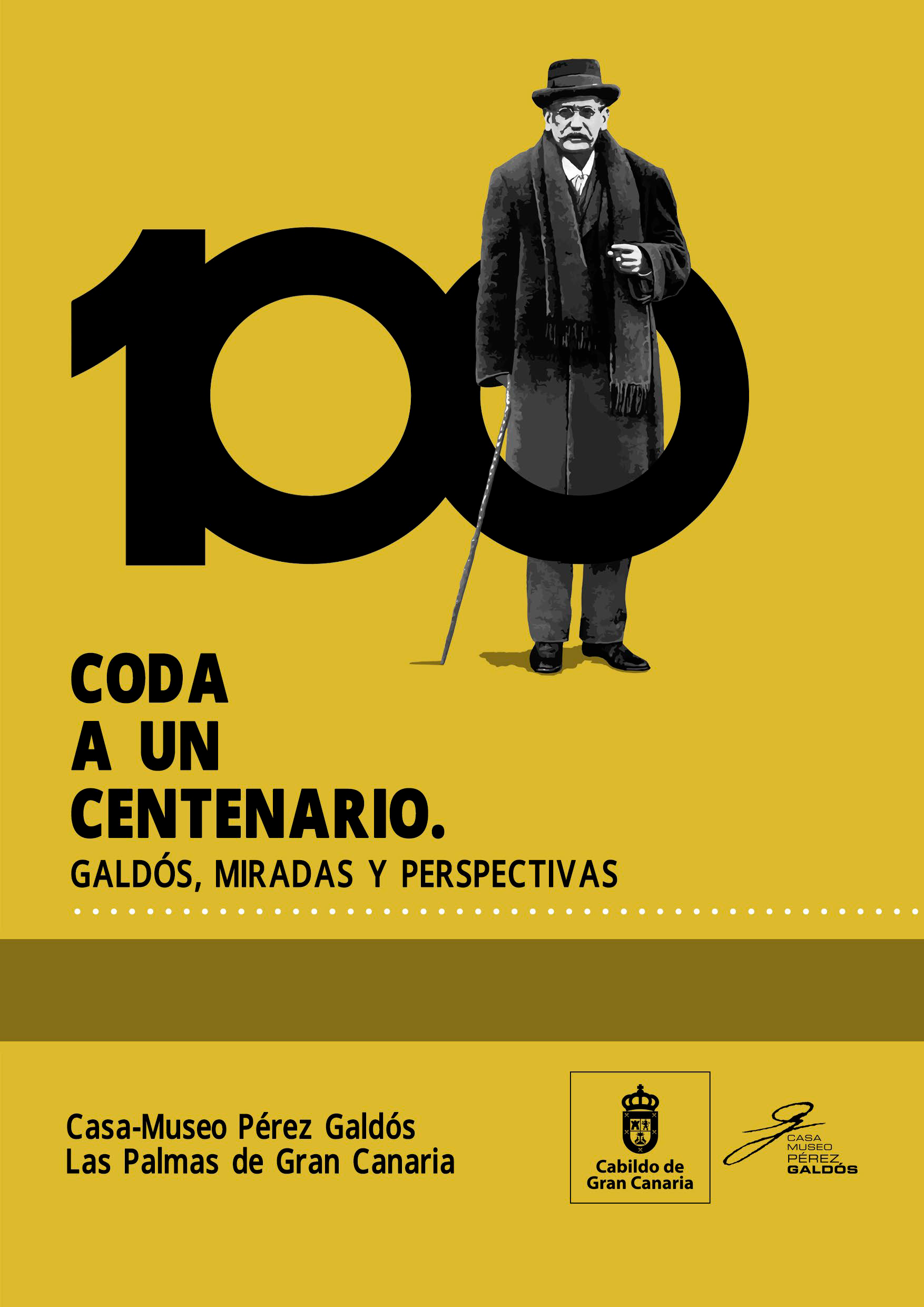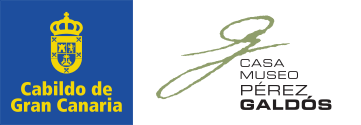SI LAS FACTURAS HABLARAN, ¿CUÁNTAS COSAS CONTARÍAN? / IF BILLS COULD TALK, HOW MANY THINGS WOULD THEY TELL?
Palabras clave:
viajes galdosianos, biografía de Galdós, literatura de viajes y siglo XIX, turismo europeo del XIX, Galdosian travels, biography of Galdós, travel literature in the 19th century, european tourism in the 19th centuryResumen
Los materiales reunidos por Galdós durante sus recorridos por Europa siguen intrigando al estudioso galdosiano. Dentro de ese corpus, nuestra exposición se centra en un tipo particular de objetos, marginales en apariencia, pero que permiten plantear tres tipos de cuestiones entre otras:
-¿Qué imagen sugieren del alojamiento y, sobre todo, del usuario que por él transita?
-¿Permiten esos materiales abordar en qué medida corresponde Galdós a la figura del viajero intelectual europeo de los siglos XIX y XX?
-En un contexto más amplio, ¿cómo se inserta el Galdós viajero en la industria turística contemporánea y en la transformación económica y sociocultural de la que esta ha sido un agente fundamental?
La factura ofrece una imagen del establecimiento hotelero, este se articula con el lugar donde está implantado y los tres nos ofrecen un acercamiento sin duda peculiar a la figura de nuestro autor. / The materials collected by Galdós during his travels through Europe continue to intrigue the Galdosian scholar. Within this corpus, our exhibition focuses on a particular type of objects, marginal in appearance, but which allow us to raise three types of questions among others:
-What image do they suggest of the lodging and, above all, of the user who passes through it?
-Do these materials allow us to address the extent to which Galdós corresponds to the figure of the European intellectual traveler of the nineteenth and twentieth centuries?
-In a broader context, how does the traveler Galdós fit into the contemporary tourism industry and the economic and socio-cultural transformation of which it has been a fundamental agent?
The bill offers an image of the hotel establishment, which is articulated with the place where it is located and the three offer us an undoubtedly peculiar approach to the figure of our author.




